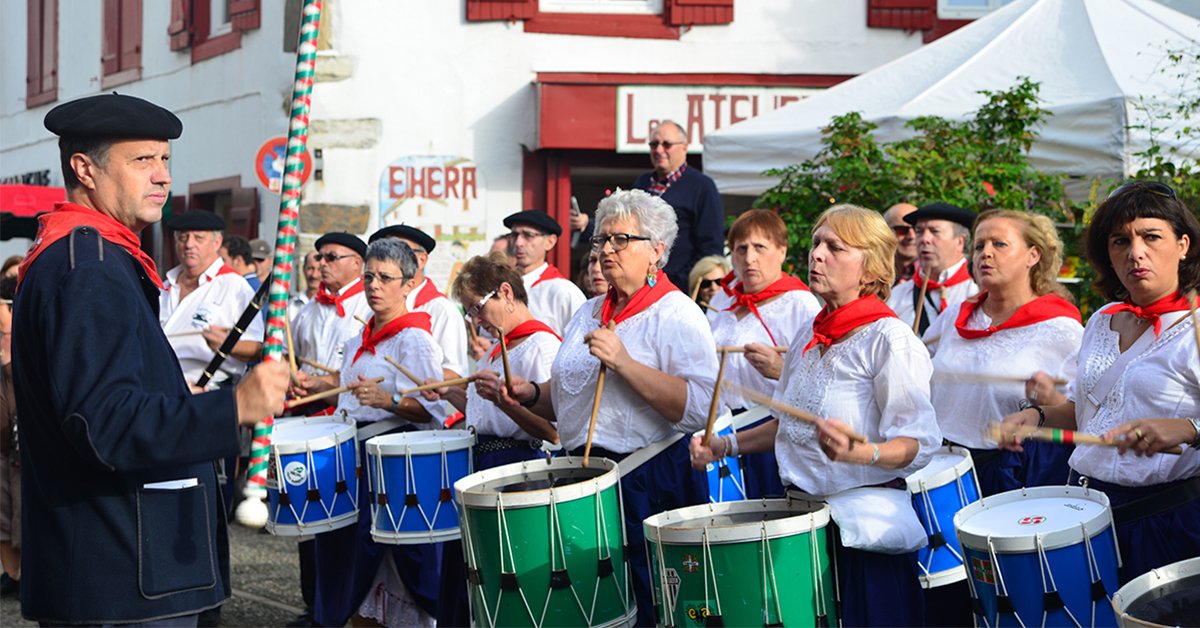Basque ethnography at a glance
Anthropologists, ethnologists, ethnographers, folklorists, linguists and historians are just some of the people who have worked on preparing systems to classify and catalogue the plethora of festivities and events on the annual calendar, both in the past and in the present.
While not overlooking the rituality, authenticity, traditionality – along with many other terms ending in ‘-ity’ –, the main contribution should, undeniably, be focused on the recreational diversity, seasonality and timelessness, the historical context, the spatial spheres, the social and cultural aspects, the context, etc.
If we look at some of the ways that the calendar is organised, we find a very diverse range of formulas: from the hackneyed day-to-day in the month-to-month, and not forgetting those following the liturgical and saints’ calendar, to the “traditional” or folklore ones and those based on symbolic foundations. A great variety and all for different purposes.
Several years ago, the sociologist Josu Larrinaga prepared a wheel or circle for the annual spectrum and which could then be used as a method to place each festivity, using the alignment of stars, phases of the moon, months, specific festivities and series, or those embodied in cycles (Autumn, Christmas, Carnival, Holy Week & Easter, May… and saints’ feast days). It was an overambitious project, with shortcomings, mainly due to the fundamental fact that first full moon of spring varies, meaning festivities starting on differing dates.

The Tamborrada drum tattoo have appeared and disappeared over time: Fête du piment in Ezpeleta. Photo: E. X. Dueñas.
It is this cause and effect – the existence of set and variable dates – which causes convergence and divergence:
- Festivities/Fixed date celebrations. In turn, they are divided into those that continue to be celebrated on the original day or days, as per the saint’s calendar or other accepted dates; and those that have been moved to another time of the year, but which continue to be different to the saint’s calendar.
- Festivities/Variable date celebrations. Celebrations that tally with that part of the calendar that is calculated each year according to the first full moon of spring. There are also those that follow the liturgical calendar, but are moved to a weekend before or after the festivities, for work, among other, reasons, then those celebrating none-religious events, and those whose initial meaning has changed.
We consider a festivity to be any private or public celebration for religious, cultural or remembrance purposes. An amalgam of elements of different contextual and time origins that converge in the calendar… Will the field of study ensure we are up-to-date and, more specifically, standardise the festivities in keeping with the current situation?
Emilio Xabier Dueñas – Folklorist and ethnographer



